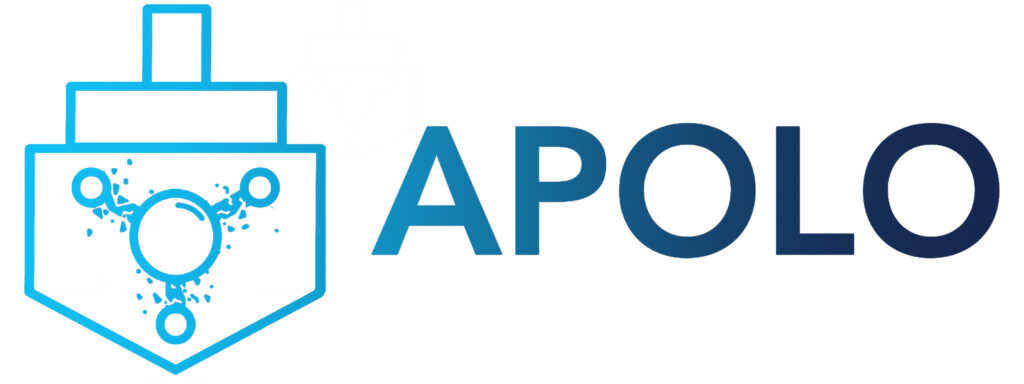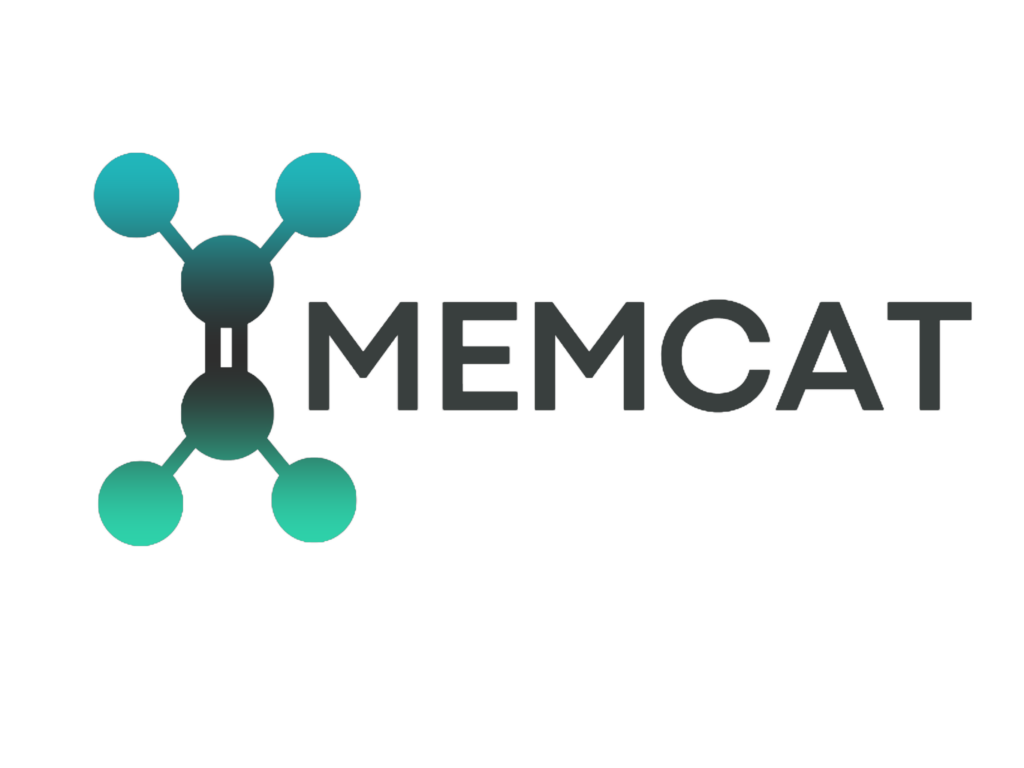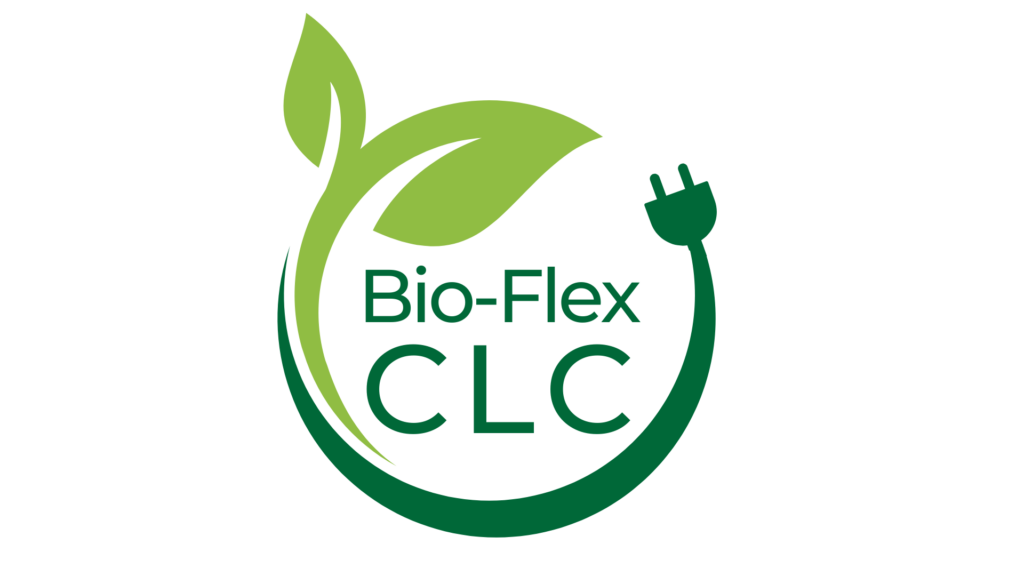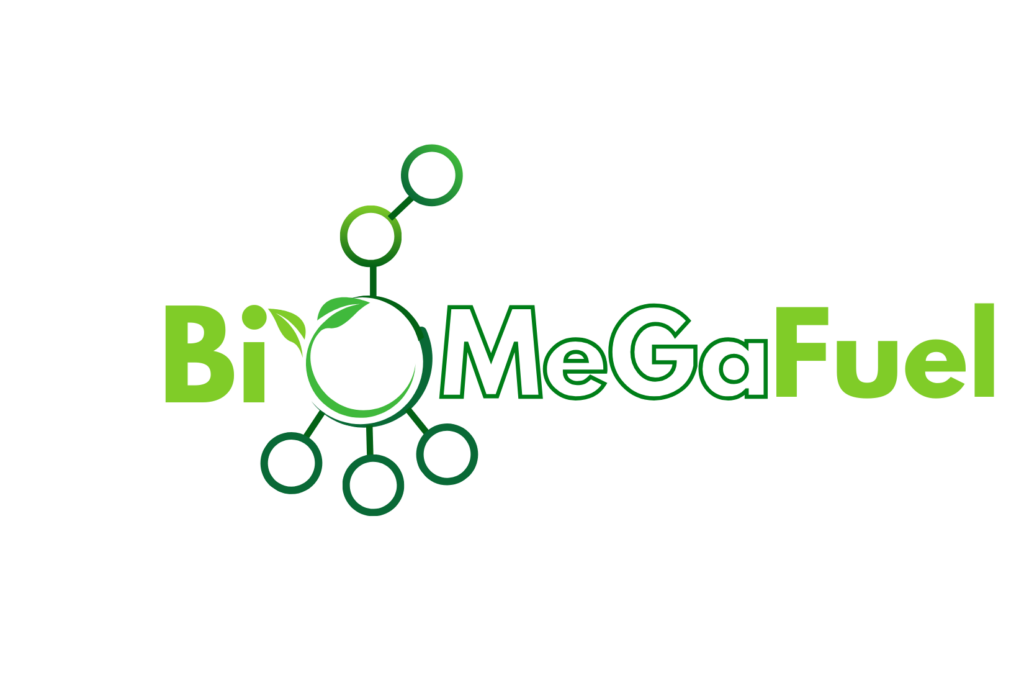
2022-2026
AMBHER project aims at providing a quantum leap in the development of hydrogen storage technologies. For that purpose, it develops its main activities around ammonia synthesis for the long-term storage and around novel nanoporous Metal Organic Frameworks (MOFs) for the short-time storage.

2023-2027
ANDREAH’s main objective is to provide a quantum leap in the development of advanced NH3 cracking to produce ultra-pure H2 (>99.998%) by developing an innovative system, based on a Catalytic Membrane Reactor (CMR) for the cracking of Ammonia, positioning Europe as a reference in this field and significantly promoting the deployment of the hydrogen economy in the EU.

2024-2028
APOLO consortium is composed of 12 partners from 7 different countries. Each partner has been selected due to its excellence in its specific industrial or research field. ASTANDER, CORVUS, NUVERA, JM, FER, FERSA and H2SITE have been chosen attending to a criteria of market replication potential, associated with their business activity or the type of system …

2024-2028
MemCat targets to deliver a proof-of-concept for the direct conversion of CO2 to ethylene by realizing tandem catalysts, which
through nanostructuring will allow for consecutive CO2-to-methanol and methanol-to-ethylene conversions to occur in the same operational window.

2024-2028
The Bio-FlexCLC consortium aims at developing and demonstrating a full-chain technology that utilizes biogenic residues and wastes for flexible CHP production with the possibility of cost-effective CO2 capture.

2024-2028
Biofuels are critical for decarbonizing sectors like heavy industry, shipping, aviation, and heavy-duty transport, where emissions are difficult to mitigate. Biofuel demand reached 170 billion liters in 2022, and by 2030, it needs to exceed 400 billion liters to achieve Net Zero Emissions by 2045.